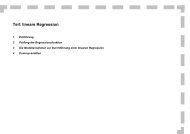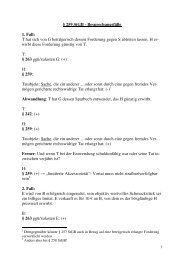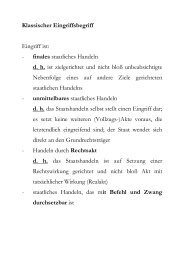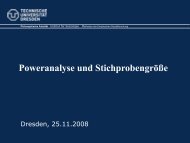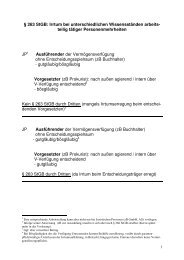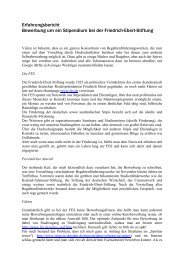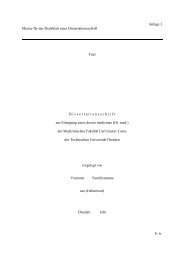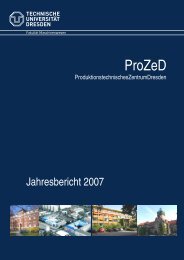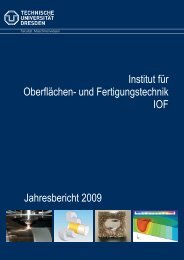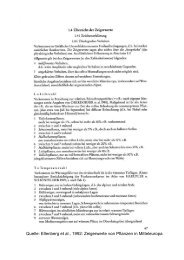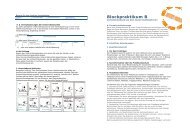Vorlesung 9
Vorlesung 9
Vorlesung 9
Sie wollen auch ein ePaper? Erhöhen Sie die Reichweite Ihrer Titel.
YUMPU macht aus Druck-PDFs automatisch weboptimierte ePaper, die Google liebt.
Geburt der modernen Demoskopie: George Gallup<br />
„In 1933, the young George Gallup, who earned a PhD in psychology from a<br />
small mid-western university and who combined careers in academia and<br />
market research, decided to draw on both these fields to create public opinion<br />
polling. He collected and studied detailed voting records for the U.S. over a<br />
century, and sent out ballots to a small but carefully selected group of voters in<br />
each state based on his analysis of past electoral behavior. He estimated results<br />
for the 1934 congressional elections with great accuracy. He continued to<br />
experiment with these hybrid methods of choosing purposive samples of voters<br />
based on political geography, and founded the American Institute of Public<br />
Opinion (AIPO) in 1935 whose goal was “impartially to measure and report<br />
public opinion on political and social issues of the day without regard to the<br />
rightness and wisdom of the views expressed.” AIPO conducted national public<br />
opinion surveys using Gallup’s method of combining purposive sampling with<br />
quotas for relatively small sizes (compared to the tens of thousands of<br />
responses in straw polls) whose results he distributed to subscribing<br />
newspapers in the form of press releases.“<br />
Anthony Oberschall (2006): The historical roots of public opinion research. In: W.<br />
Donsbach, M. Traugott (eds.): Handbook of Public Opinion Research. Beverly Hills,<br />
London, New Delhi: Sage (in preparation)<br />
Prof. Donsbach



